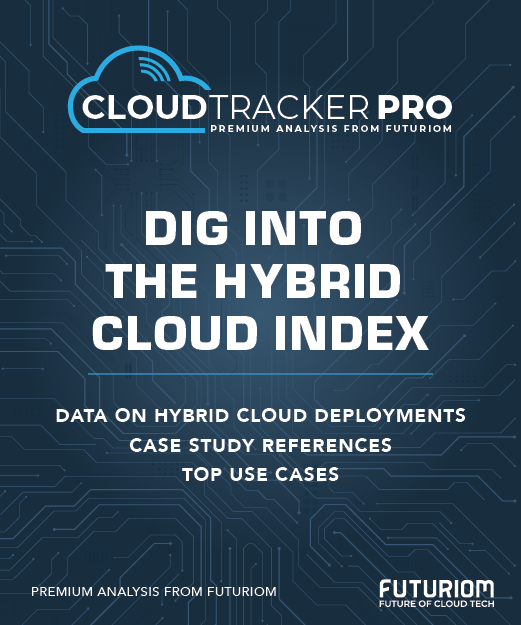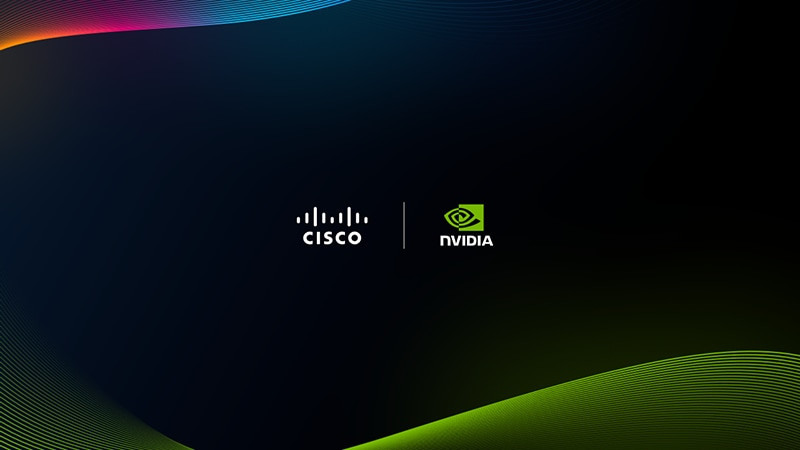WhiteFiber Preps Its Neocloud IPO

A third neocloud is about to go public: WhiteFiber, carved out of former bitcoin miner Bit Digital. And like CoreWeave and Crusoe, WhiteFiber is emphasizing its role as a datacenter operator while still offering a GPU cloud for AI and HPC.
WhiteFiber filed for its IPO in July and set the pricing today: 9.375 million shares at $17 per share, the high end of the original $15 to $17 price range. Trading is expected to begin tomorrow.
The enthusiasm partly reflects the success of CoreWeave, which went public in March and has been trading at around $110 per share, compared to its $40 IPO price. The other public neocloud is Netherlands-based Nebius, which had gone public as Yandex NV in 2011.
Another Bitcoin Tale
WhiteFiber's IPO is part of a full pivot for Bit Digital, a Cayman Islands corporation with headquarters in New York. Formerly a bitcoin mining operation, Bit Digital rebranded its HPC business as WhiteFiber earlier this year, with Sam Tabar acting as CEO of both entities. The IPO involves roughly one-fourth of WhiteFiber's shares; Bit Digital will retain the rest, holding a majority stake in the company.
Just prior to filing the WhiteFiber IPO, Bit Digital also announced it's winding down its bitcoin operations, shifting into Ethereum staking instead. (Ethereum is a proof-of-stake coin, in contrast to Bitcoin's proof-of-work model.)
(Bit Digital's full history is even more convoluted. It started as Golden Bull Ltd., a China-based peer-to-peer lending company that went public in 2018. The Chinese government suspended that business, leading Golden Bull to transition to cryptomining in 2020, changing its name to Bit Digital.)
One interesting surprise from WhiteFiber's S-1 filing is that the company was profitable in Q1 2025. (Full Q2 figures aren't available yet.) It reported pro forma net income of $859,000 on revenues of $16.8 million. That's actually slightly higher than its GAAP-measured net income, as the pro forma numbers include higher levels of depreciation, amortization, and income tax.
For the full year 2024, WhiteFiber reported pro forma revenues of $51.2 million and a net loss of $4.2 million. Again, the numbers are actually higher than the GAAP results, which reflected net income of $1.4 million.
Neoclouds Like Real Estate
While neoclouds enjoy their moment in the financial spotlight, there's been a lingering question: How can neoclouds keep up with the treadmill of new GPU generations? NVIDIA promises to upgrade its hardware at a faster pace, and of course, the way to keep up is to keep buying more. That seems to be a path toward commoditization, especially as GPU scarcity abates.
One alternative is to hedge the cloud business by building datacenters and leasing them out to fellow neoclouds. That's risky and costly, as real estate always is, but the money is out there to support it, as CoreWeave and Crusoe have shown. WhiteFiber's IPO filing suggests it's ready to follow suit, albeit at a more modest scale.
WhiteFiber is in the baby steps of its real estate ambitions. The company's Q2 2025 projections show its colocation revenues are about one-tenth the size of its cloud services revenues (roughly $1.7 million versus $17 million). But the S-1 filing and the company's own website put a heavy emphasis on WhiteFiber's real estate plans.
WhiteFiber's Datacenter Plans
Those plans center on Enovum, a Canadian datacenter operator that Bit Digital acquired in October 2024 for CAD $62.8 million (roughly US $46 million). That's the foundation of a planned three-datacenter nexus around Montreal that will total about 16MW of capacity.
The first datacenter, MTL-1, is already in operation. MTL-2 is a former encapsulation manufacturing facility, being readied for Q4 2025 activation.
The third Montreal-area building, also coming online late this year, already has an interesting tenant: Cerebras, the wafer-scale AI chip startup that's also building out its own public cloud. In January 2025, Cerebras signed a five-year deal with WhiteFiber to be a MTL-3 tenant, with WhiteFiber providing 5 MW of IT load.
North Carolina is also in the mix. In May 2025, WhiteFiber purchased a former textile manufacturing site near Greensboro for $45 million. That site is expected to start generating revenue next year. Duke Energy, working with WhiteFiber, says it can deliver 99 MW to the site within four years; WhiteFiber adds that it sees a path to 200 MW for the site eventually.
WhiteFiber appears to have other development projects in the works as well. All told, the company's SEC filing cites a pipeline of roughly 1.3 GW worth of development under management review, 800 MW of which is "under non-binding and exclusive letters of intent."
Then there's Iceland. Bit Digital began leasing datacenter space there in 2023 from an operator named GreenBlocks. Its cloud services there are now part of WhiteFiber's business.
Iceland is where WhiteFiber has begun deploying DriveNets' Network Cloud-AI, using the software-based technology both for GPU networking and storage networking. The deal was announced in May. DriveNets noted at the time that this was WhiteFiber's first foray into Ethernet, as opposed to InfiniBand. In addition to performance, WhiteFiber was enticed by DriveNets' ability to use one fabric for both compute and storage networking as well as its ability to provide isolation for multi-tenancy.
Of CoreWeave and Crusoe
Beyond GPU cloud services, WhiteFiber wants to own datacenters and lease capacity out to others. It's become a familiar pattern among neoclouds.
Crusoe, which is developing the 1.2 GW Abilene, Texas, buildout that's slated for OpenAI, recently announced a 1.8 GW campus in Wyoming and claimed a pipeline of 20 GW worth of datacenter projects.
And CoreWeave is clearly shifting toward owning rather than leasing datacenters. That thinking was behind its $9 billion stock deal to acquire Core Scientific. CoreWeave also just purchased a 107-acre campus where it was previously leasing space.
CoreWeave also announced a third delayed draw term loan (DDTL) worth $2.6 billion, following previous DDTLs of $7.6 billion (May 2024) and $2.3 billion (July 2023, already fully drawn). DDTLs, which let the lender draw funds upon reaching milestones, are familiar vehicles in commercial and industrial real estate. WhiteFiber isn't operating at that scale yet, but it's not hard to see where the company might be getting its inspiration.




















